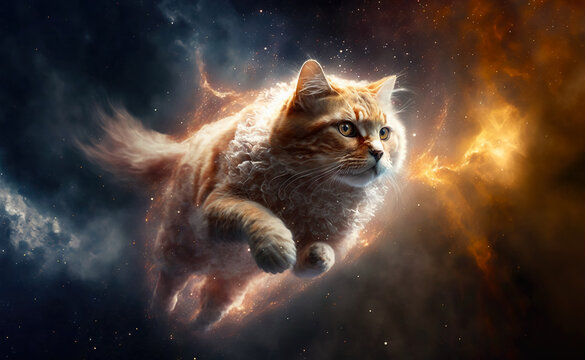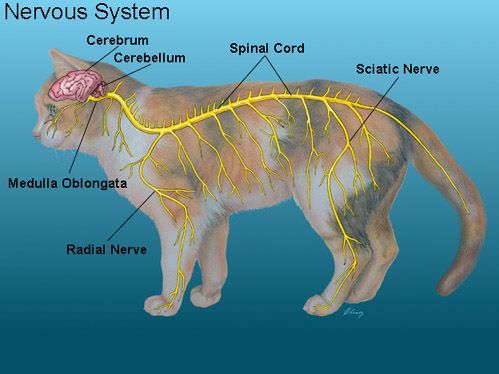Cat Astronaut Program: A Bold Leap for Felines
Introduction:
In the vast expanse of space exploration, cats have traditionally occupied a peripheral role. However, unbeknownst to many, there exists a clandestine initiative known as the Cat Astronaut Program, a daring endeavor that seeks to harness the unique abilities of felines to further our understanding of the cosmos. In this comprehensive exploration, we will delve into the intricacies of this extraordinary program, shedding light on its origins, selection process, training methodology, and the remarkable contributions of these feline astronauts. As experienced cat breeders, we aim to provide an unparalleled perspective on this groundbreaking initiative.
The Genesis of the Cat Astronaut Program:
The seeds of the Cat Astronaut Program were sown during the fervent era of the Space Race in the 1950s. Amidst the intense rivalry between the United States and the Soviet Union, scientists and engineers recognized the untapped potential of cats. They marveled at their exceptional agility, spatial awareness, and extraordinary senses, realizing that these attributes could prove invaluable in the unforgiving realm of space travel. Thus, a dedicated group of individuals embarked on the audacious mission of training cats for space exploration.
The Selection Process:
Choosing the ideal cat for the Cat Astronaut Program is a meticulous and intricate undertaking. Only the most extraordinary felines are deemed worthy of this esteemed role. The selection criteria are rigorous, encompassing a diverse array of physical and behavioral characteristics. Cats must exhibit impeccable health, exceptional intelligence, and a remarkable capacity for adaptation. They are also evaluated for their calm demeanor and willingness to learn. The program seeks cats from a variety of breeds, ensuring a broad spectrum of skills and abilities.
Training and Preparation:
Once selected, the chosen cats embark on an intensive training regimen, meticulously designed to prepare them for the rigors of space travel. This comprehensive program encompasses physical conditioning, zero-gravity simulations, and familiarization with spacecraft equipment. The cats are taught to perform a variety of tasks, ranging from operating levers and pressing buttons to navigating through complex environments. They also undergo extensive socialization training to foster harmonious interactions with human crew members.
Space Missions and Contributions:
Although the Cat Astronaut Program remains largely shrouded in secrecy, there have been select instances where feline space travelers have embarked on documented missions. In 1963, history was made when Félicette, a courageous cat, became the first and only feline to venture into space aboard a French rocket. Félicette’s successful mission paved the way for future cat astronauts, demonstrating their resilience and adaptability in the extraterrestrial realm.
In subsequent years, cats have played pivotal roles in various space exploration endeavors. They have been instrumental in studying the effects of microgravity on living organisms, investigating the behavior of liquids in space, and even performing maintenance tasks on satellites. Their unique perspectives and exceptional abilities have proven instrumental in advancing our comprehension of space and its captivating enigmas.
Challenges and Controversies:
Despite the remarkable achievements of cat astronauts, the program has not been immune to challenges and controversies. One of the primary concerns revolves around the ethical treatment of animals in space. Critics argue that subjecting cats to the harsh conditions of space travel is cruel and unnecessary. Others question the scientific merit of cat astronauts, suggesting that their contributions could be better achieved through alternative methodologies.
Moreover, the physiological adaptations that cats must undergo to survive in space pose significant challenges. The microgravity environment can lead to muscle atrophy, bone loss, and fluid shifts, potentially resulting in long-term health implications for the cats. Scientists and engineers are continually striving to develop countermeasures to mitigate these effects and ensure the well-being of feline astronauts.
Conclusion:
The Cat Astronaut Program stands as a testament to human ingenuity and our insatiable curiosity about the vast expanse of space. While ethical and scientific hurdles remain, the program has undeniably showcased the extraordinary potential of cats as valuable contributors to space exploration. As we continue to push the boundaries of our understanding, it is likely that cat astronauts will play an increasingly prominent role in our quest to unravel the mysteries of the universe.







